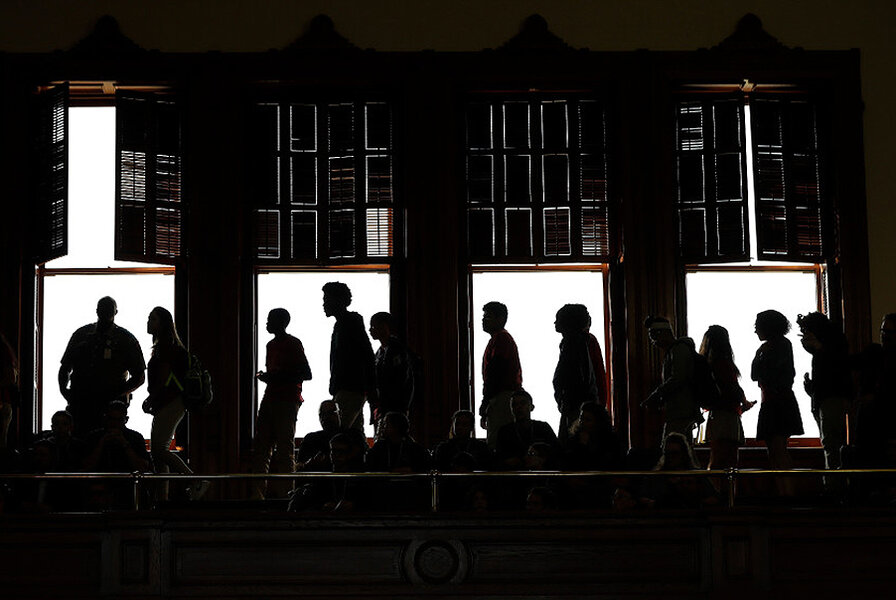Amid 'sanctuary city' debate, analysis finds that most illegal immigrants live outside city borders
Loading...
About 6.8 million undocumented immigrants are clustered in 20 US urban areas, according to a new analysis from the Pew Research Center, from 100,000 in the greater Austin area to nearly 1.2 million around New York City.
Many of these localities have so-called “sanctuary” ordinances that aim to protect illegal immigrants from deportation by not cooperating with or supporting federal authorities’ efforts to identify them.
An executive order issued on January 25th aims to strip federal funding from sanctuary cities and counties. “Sanctuary jurisdictions across the United States willfully violate Federal law in an attempt to shield aliens from removal from the United States,” the order argued. “These jurisdictions have caused immeasurable harm to the American people and to the very fabric of our Republic.”
Several big-city mayors have already voiced their opposition to Trump's order. For many opponents, the arguments go beyond empathy for undocumented immigrants: Local governments say they have some clear incentives to protect their undocumented residents from deportation. In the view of many police officers, for example, public safety improves when trust in police improves – and deportations could do the opposite. "Using local cops as immigration agents, they say, would shut the door on vast communities of immigrants, creating more opportunity for criminal activity, not less," The Christian Science Monitor reported last month.
There’s also the matter of cost. If local authorities arrest someone who turns out to be an undocumented immigrant, Immigration and Customs Enforcement (ICE) typically asks the local authorities to hold the individual until he or she can be deported. County jail systems often pick up the tab during the waiting period.
But while some areas, like Miami-Dade County in Florida, have decided to comply lest they lose funding, others think the federal government's authority to strip funds is more narrow than commonly feared.
The Pew Report released Thursday points to another layer of complexity in this debate. Among the top 20 metro areas, there was only one – Phoenix – in which the majority of the area's unauthorized immigrants live in the city itself. Everywhere else, most lived within the metro area, but outside the borders of the main city. This means that the undocumented population of a “metropolitan area” could fall under the jurisdiction of several city, town, and county governments, each of which could have different types of sanctuary ordinances.
It remains to be seen whether some types of sanctuary ordinances will survive Trump’s order better than others – and, if so, what the effects on metropolitan areas could be. But some immigrants' rights advocates are confident that localities will have the upper hand.
Sanctuary city policies "have been carefully crafted with federal laws in mind," Grisel Ruiz, a staff attorney with the Immigrant Legal Resource Center, told the Monitor’s Amanda Hoover last month. "They can definitely stand a legal challenge in court."






